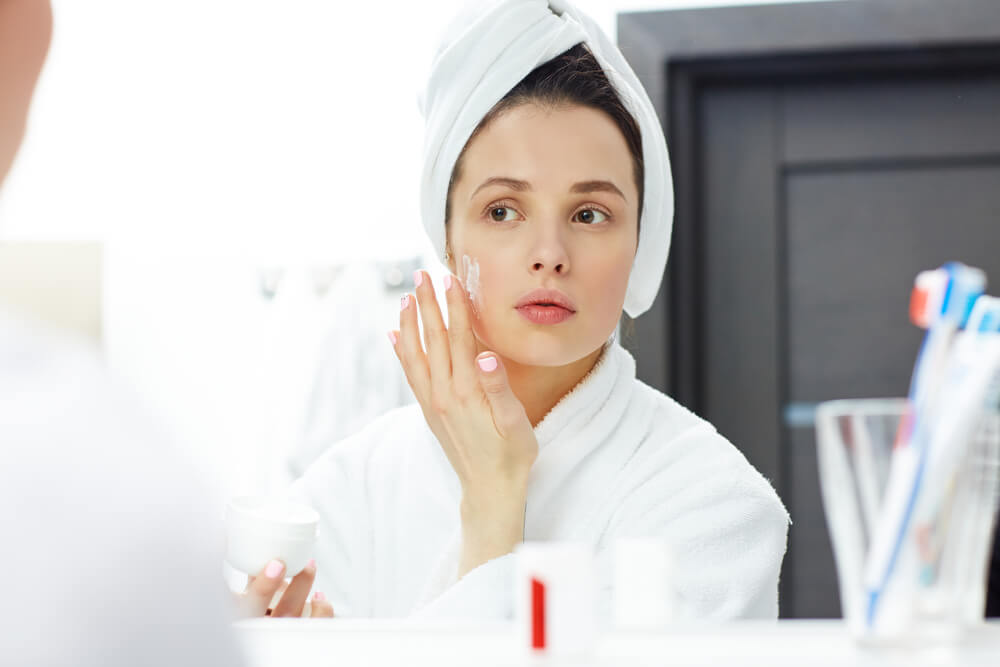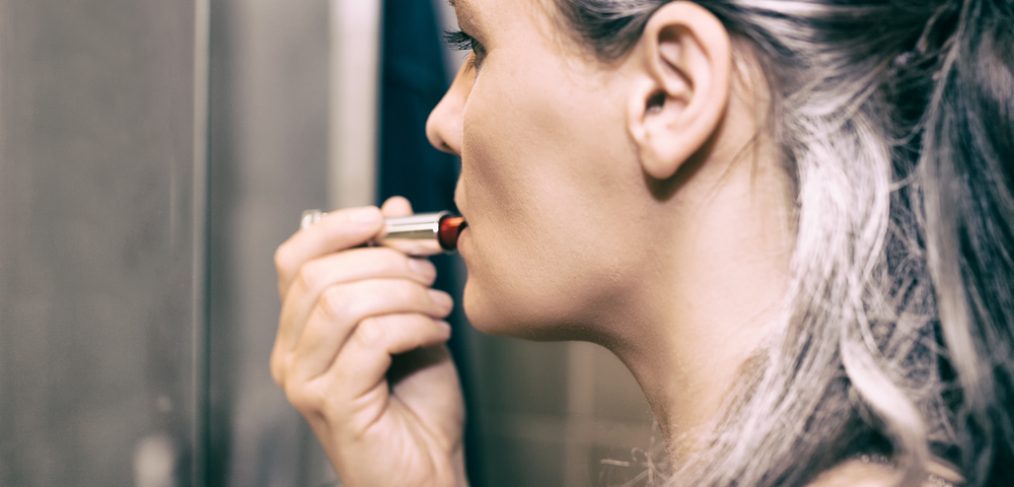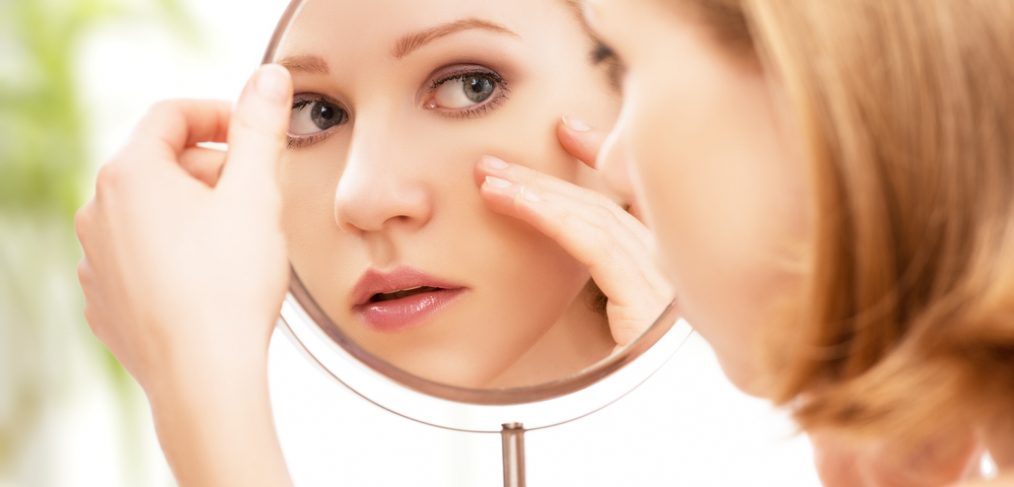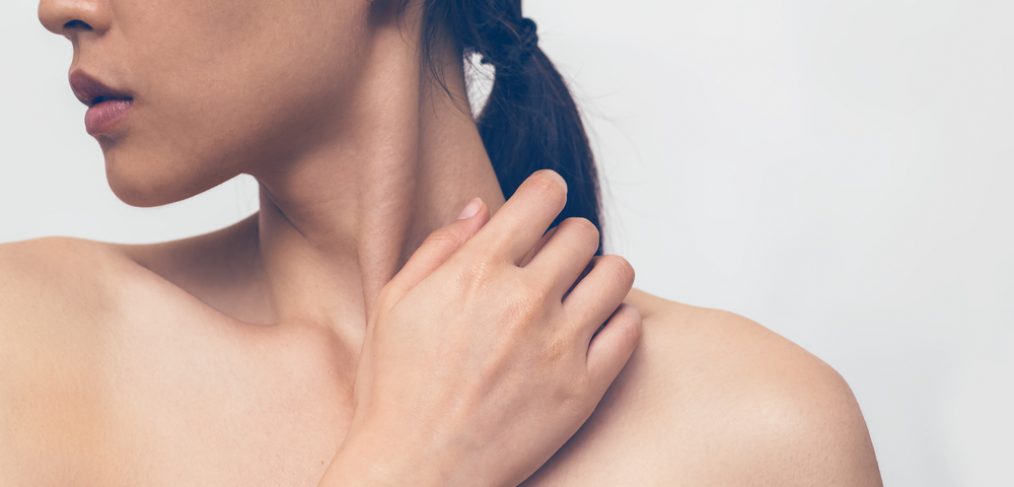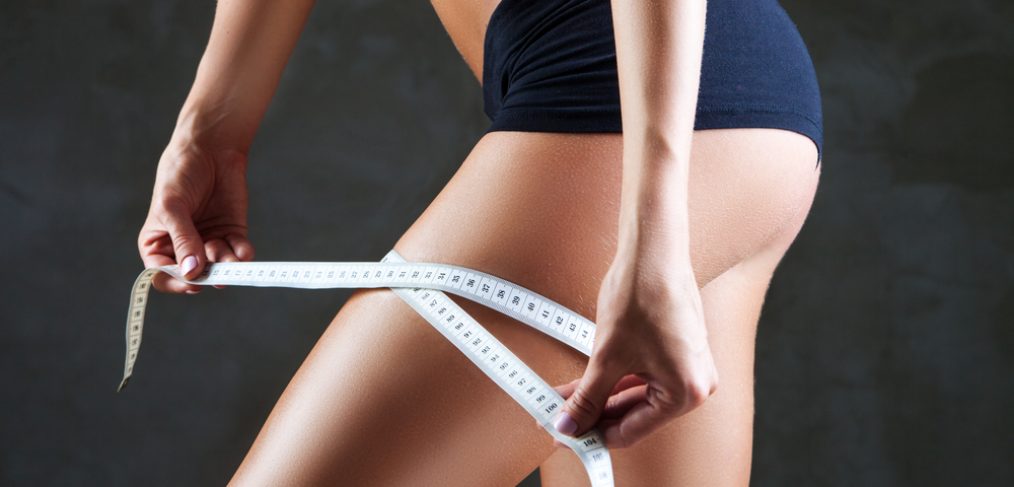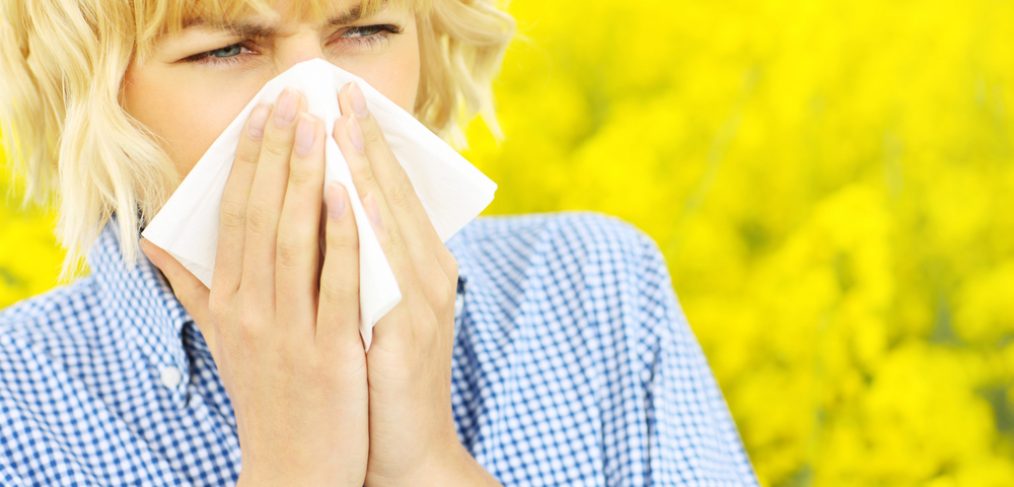No matter where you may be heading to over the weekend, you need to ensure that you do not neglect your skin. From on-the-go hydration to the secret behind fresh, de-puffed eyes, here are some skin care tips to keep in mind whenever you are spending the weekend away.
Prepare Your Skin the Night Before
While you may already have plenty of last-minute tasks to do the night before you travel, you need to make your skin a priority at this time.
Giving it some extra care and nourishment before you set off will help you to maintain a healthy complexion while you are away.
Wondering what you need to do?
Begin by exfoliating, following this up with a nourishing face mask.
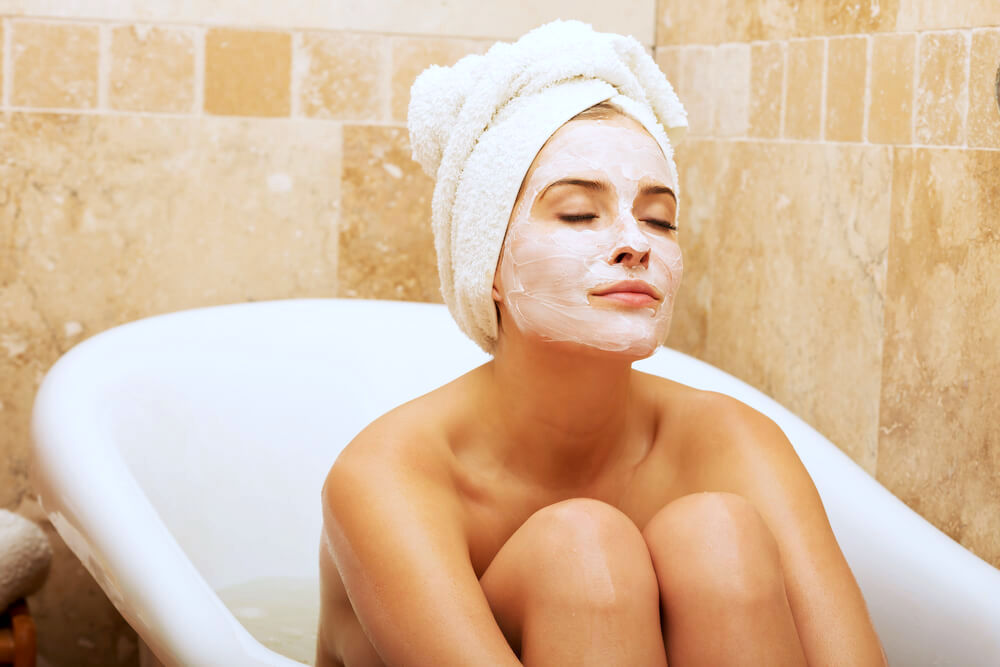
You should also pay attention to the food that you eat before travelling. Snacking on junk food right up until you leave the house will only mean that your skin will suffer on your journey.
Instead, make sure that your pre-travel meals contain plenty of fresh fruits and vegetables, as well as some nuts, seeds or oily fish so that you are consuming enough essential fatty acids, as these are key when it comes to skin health.
Don’t forget about hydration either…
If possible, try to drink as much extra water as you can the day before, especially if you know that you will likely forget to continuously hydrate while you are away.
On-the-Go Hydration
The stress of travelling can often take its toll on your skin, leaving it looking and feeling dull and flat.
Hydrating mists are a great way to perk your skin up, and there are a few different ways in which you can use them:
- Spray it on top of your makeup to freshen up your look
- Spray it on your skin before applying moisturizer, so that the moisturizer locks in the extra moisture
- Spray it on your face as soon as you are done applying your makeup, as this will help your makeup to set
Generally, you will find two types of facial mists available…
The first type is usually made from mineral water, and while the simplicity of these is great, you do need to always follow this up with a layer of moisturizer.
Why?
Because if you don’t, the dry air around you will only end up sucking all of that extra moisture away from your skin, leaving it even drier than it was to begin with.
Alternatively, you could opt for one of the more advanced facial mist formulas. The difference here is that they contain additional hydrating ingredients, such as glycerin and botanicals.
Quickly De-Puff Your Eyes
Everybody wants bright, vibrant eyes when they are heading away for a weekend, but, whether due to the stress of planning or the chaos of travel, the eyes can often end up looking tired and puffy.
There are a few different ways in which you can soothe and de-puff your eyes, depending on where you are and what you have available to you:
- A Cold Metal Spoon – place a spoon in the fridge for a 15 minutes before holding the rounded end against your eyes. The cold temperature will help to constrict your blood vessels and minimize any puffiness.
- Ice Cubes Wrapped in Cloth – when travelling, ice cubes are usually easier to find than a cold metal spoon, so this is another great alternative. Make sure that you wrap the cubes in cloth before holding them against your eyes, otherwise they will be too harsh against your bare skin.
- Cucumber Slices – cucumber slices on the eyes are a go-to method for de-puffing, with the antioxidants in cucumbers giving your skin an extra boost at the same time
- Refrigerated Eye Cream – if you have access to a fridge, then, in addition to placing a spoon in there, you should also use it to store your eye cream. The colder temperature of the cream when applied around your eyes will do wonders for any puffiness.
Keep Those Lips Soft and Smooth
You will have enough on your mind when travelling that you really do not want to have to worry about your lips too.
While it may be tempting to swipe on some long-lasting lipstick for the journey, this is something that you should refrain from doing…
Why?
These formulas tend to be quite drying on the lips, and will only leave them parched and chapped by the time you reach your destination.
Instead, opt for a couple of layers of a lip stain, topping this off with some medicated lip balm, as this will not disrupt your lipstick.
If you have quite a long journey, a lip treatment may be a good idea, especially if you are already planning on using a face mask while you travel.
Blot the Oil Away
If you have oily skin, then this is something that you will want to keep under control during your weekend away.
Oil blotting sheets are great for this, as these sheets can be dabbed against the skin for a few seconds, during which they will soak up any excess oil.
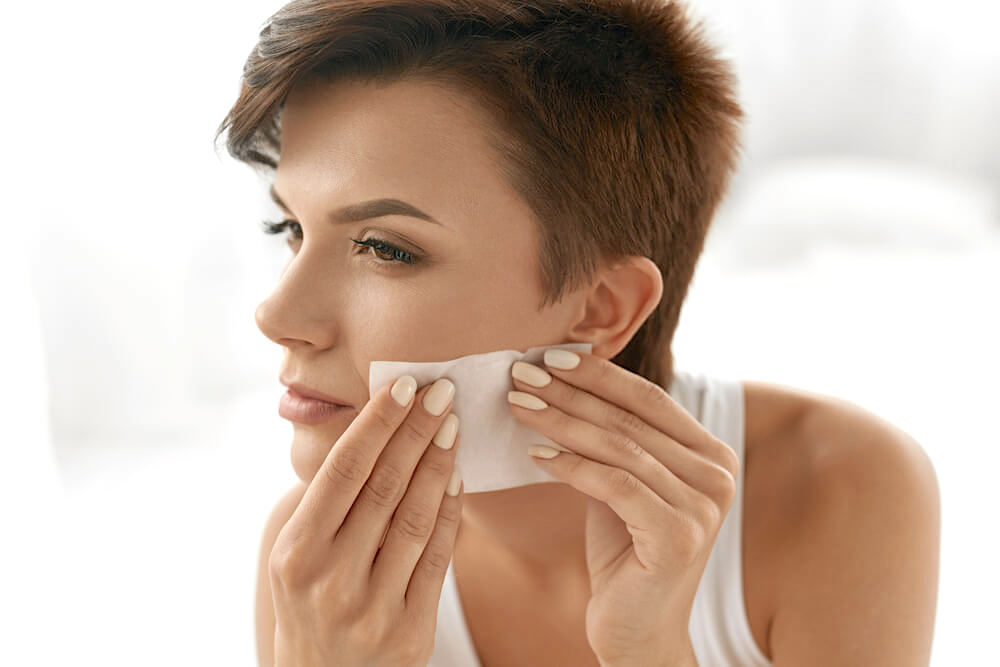
Of course, for skin that is extremely oily, you may end up going through quite a few oil blotting sheets, so it is always worth having an extra weapon in your arsenal, such as an oil-absorbing primer.
Don’t forget…
You can also use oil blotting sheets to help set your makeup, as these will absorb any excess oil from the products that you have used, helping them to last for longer.
Shopping for Samples
Trying to pack as lightly as possible for your weekend away?
Then you will probably not want to bring all of your regular-sized skin care products.
To get around this, many people end up stocking up on sample-sized products, and using these while travelling instead. While there is no denying that this can be extremely convenient, you will need to ensure that you are not using any new products while you are away.
Instead, try to find sample-sized products of the items that you already use, as this will prevent your skin from reacting to anything new while you are travelling.
Can’t find any samples?
Another option is to purchase empty travel-sized containers, and then fill these with your creams and other skin care products.
Clean Hands, Clean Face
If you are someone that always seems to be touching their face without realizing it, then you need to make sure that your hands are always as clean as possible.
For those of you who have access to a sink, wash your hands as much as you can while you are away.
Alternatively, an antibacterial hand gel can be carried with you everywhere you go, and applied frequently throughout the day.
Whether you wash your hands or use a hand gel, it is important to follow this up with a layer of hand cream, as this will prevent your skin from drying out.
Don’t want to bring your hand cream with you?
There is nothing wrong with using your standard face moisturizer for this, especially if it is only going to be for a couple of days.
Shaving Cream Alternatives
You may want to keep your legs soft and smooth throughout the weekend, but shaving cream can be quite a bulky item to include in your luggage, especially since you will only be using it once or twice.
Fortunately, there are a few alternatives that you can use:
- Hair Conditioner – one of the cheapest and most effective shaving cream alternatives
- Raw Honey – while this may seem quite thick when you apply it to your legs, it rinses off easily with water, and will moisturize your skin at the same time
- Body Lotion – wait until your shower has turned steamy before applying body lotion to your legs, as this will enable your pores to open, meaning that the lotion will be able to penetrate through your skin much better
- Coconut Oil – thanks to its antifungal and antibacterial properties, coconut oil is great for preventing razor burn
- Shea Butter – softens the hair, making it easier to shave, while moisturizing the skin at the same time
Swipe On Some Red Lipstick
Although it is best to avoid lipstick while you are actually on the move, once you reach your weekend destination, a swipe of red across the lips is one of the best ways to brighten up your look.
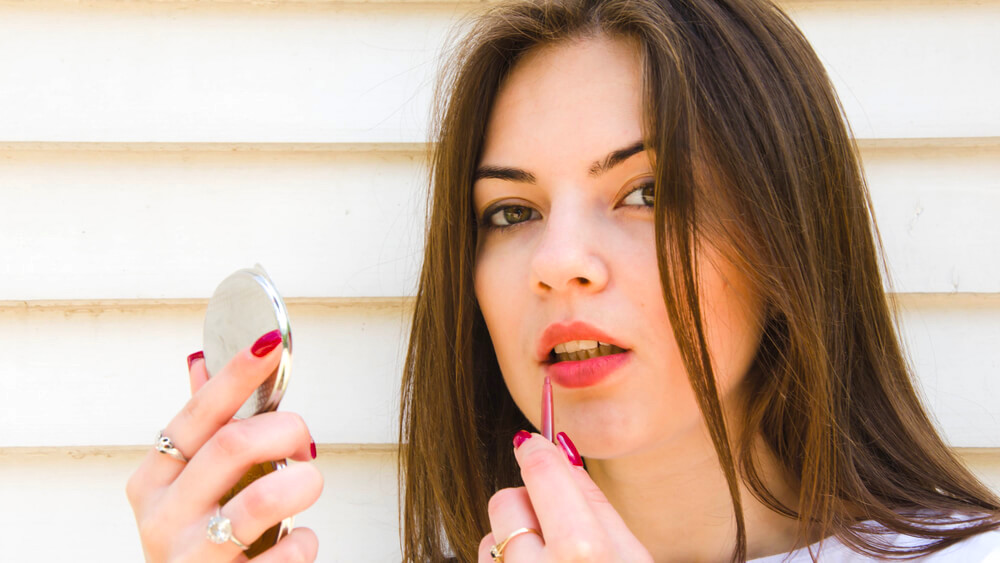
This will instantly make your complexion appear more revitalized, while your teeth will look whiter and your smile will look bigger.
Don’t like lips that are too red during the day?
Simply swipe on a single coat and then blot this down with some tissue, as this will turn your bolder lipstick shade into a subtler lip stain.
Tailor Your Skin Care to Your Destination
Even though you may only be going away for a couple of days, you do need to think about how your destination is going to affect your skin.
For example, heading to somewhere hot and sunny means that you will need to pack hydrating, and sun protecting, products, whereas somewhere cold and windy would require an extra rich moisturizer to protect your skin from the environment.
Make the Most of Your Bronzer
Trying to decide in advance which makeup looks you want to go for over the weekend can be difficult, and you may end up packing a huge back full of cosmetics.
Instead of doing this, try to make use of multi-functional products, such as a bronzer. This one item is all you need to create a flawless evening look.
Wondering how?
To begin with, use a large brush to dust the bronzer along your nose, jawline, cheekbones and temple, giving your complexion a gorgeous glow. Then, sweep some of this along your eyelids, to act as an eyeshadow, before using your finger to dab some along your lower lash line. Finish the look with a brown eyeliner, as this will beautifully complement the shades of bronze around your face.
On-the-Go Face Masks
Applying a face mask while travelling on a plane, train, or even a car, has become all the rage recently, with many celebrities pushing this trend forward.
However, this is not just a silly fad…
Face masks are a great way to nourish your skin on a deeper level, and by using one while you are travelling, you will be able to ensure that your complexion is radiant and glowing upon arrival.
Can’t decide which type of mask to go for?
Here are a few options:
- Sheet Masks – Just about every brand has their own sheet mask now, because these masks deliver intense doses of active ingredients, while the actual sheet helps to ensure that they go nowhere else but into your skin. The downside to sheet masks is that they are quite noticeable, especially if you are in public.
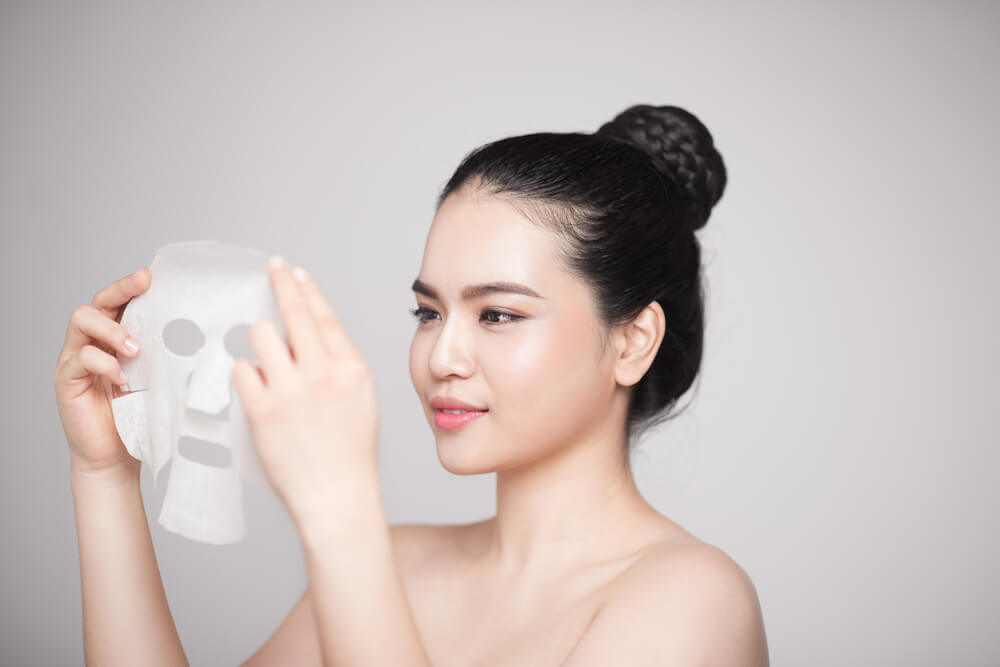
- Cream Masks – These are incredibly nourishing, making them great for travelling. They come in a cream-like formula, and can be applied in a similar way to moisturizer, with the only difference being that they are left on for around 30 minutes.
- Hydrogel Masks – These are relatively new masks that are extremely popular in Korea. They are similar to sheet masks except that they are made from a thin gel, which gives them a greater ability to lock in moisture.
Don’t Stress
If you have extremely problematic skin, you may end up stressing quite a bit about how it is going to react to your weekend away.
This is something that you should really try to prevent, as the extra stress will not do your skin any good. Instead, the cortisol that will be running through your body will lead to blemishes, breakouts and more, which is not something that you want to deal with while travelling.
Have a few stress-management tools on hand, such as a journal, some relaxing music, and maybe a game to take your mind off things.
If you do end up forgetting something important, chances are that you will be able to pick it up from a drug store at your destination. Even if you are heading to somewhere more remote, don’t forget that it is only going to be for a weekend, and you can always give your skin a bit of extra TLC once you return.






